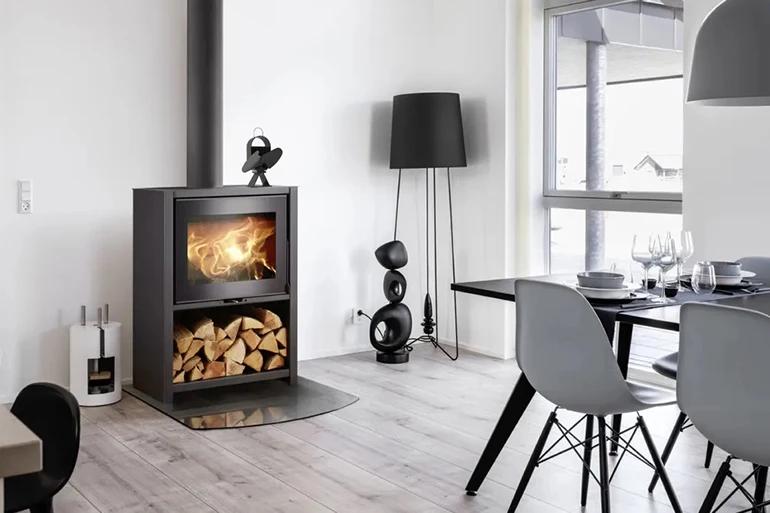Wood Stove Fans and Blowers Buyer's Guide
Wood stoves are energy efficient, have a fantastic look, and most importantly, they keep you warm on those cold nights. But, you've noticed one drawback, right? The warmth produced by your wood stove may not always cover as much area as you'd like. That's where a wood stove fan comes in.
Wood stove fans circulate the heat further into your home, which means you don't have to position yourself or your family and guests next to it to feel its warmth. In this article, we're going to go in-depth on wood stove fans. We will advise on the benefits of ownership, how the fans are powered, the best brands to look for, installation, and how to take care of it. It's everything you need to know when it comes to wood stove fans.
Continue below for details before the video.


